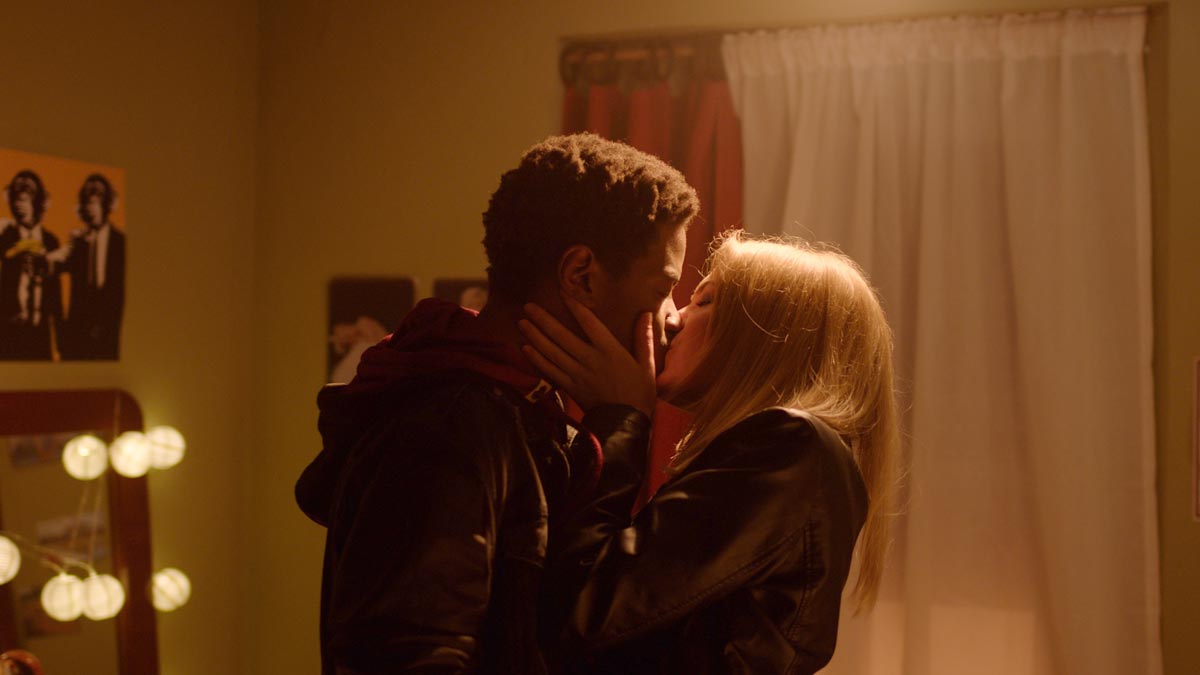Audiences and consumers are now fully multi-platform. They consume and demand interactive and deep experiences, strong characters, brands and a plot that can be expanded on different media. But creating an engaging experience and build a loyal fan base it’s not an easy task. But a well craft story can help you to create a strong and active community.
In the last couple of years, I’ve been invited to judge a few transmedia and cross-media pitch competitions and awards ceremonies for upcoming or already-developed projects. But something that is becoming more and more common in the hundreds of proposals I’ve been reading is that there’s this tendency of using a checklist-based multi-platform approach to justify that the project is transmedia. The majority of the presentations list the usual Facebook fan page, the Twitter account, the app, the fake website for the bad corporation that is featured in the story, and many other common content pieces that we already saw too many times before.
Audience Development
Just because everyone else seems to be doing that, doesn’t mean that your story needs it! The transmedia approach needs to be organic to the story you want to tell. Recently, I used the Mona Lisa metaphor to explain this problem when talking to one producer. It’s a fact that a big percentage of visitors of the Louvre go to the museum to see the famous Leonardo Da Vinci painting and only visit the corridors from the main entrance to the Mona Lisa room and back. But the Louvre has many other corridors and exhibition rooms that are not that popular: they are only seen by a small portion of the museum visitors.
My advice to that producer, at the time, was: focus on your Mona Lisa, the core story, characters and elements of your project, and the “corridors” that lead to that core element. Don’t try to set up the full Louvre with its dozens of rooms and corridors, especially if your resources are limited. Down the line, if you succeed with your initial approach, you will be able to add another room or another corridor.
Since 2012 we’ve been producing and releasing our most recent series, Beat Girl(below). And we started small, developing a Pinterest profile because the story was aimed at the core audience of this new social media network and was very image-oriented. From there, organically we expanded to a novel, so we could extend the images with words and partnered with Wattpad to release to a wider audience (again, they already had a young female audience on their website).
Using audience feedback and testing, we then defined a more comprehensive multi-platform strategy that included a TV Show, a Web series, a feature film, a game and more complete social media presence, always with the story and the lead character at the center.
A good pitch may help you find the core of your story
A way to test your concept and story is to prepare a pitch document. It’s a way to bring it to life even if it’s to a handful of people. When you pitch you can see how people react to story, character and plot. This process can really help you to find the core and the strength of your STORY.
Here are a few things you should cover on your pitch:
1. Pitch the core story or format (if non-scripted): What is this about? What happens in the story, what is the theme and why does the story need to be told? Also focus on what is new and different in your project if the story is similar to an already-existing TV series or movie.
2. Pitch the characters: in my opinion, the characters are key in transmedia projects as they are the ones that host the experience for the audience in the different platforms and connect all the elements. Who’s guiding us in this experience and how will this person (or group of people) engage an audience? How the audience will relate to the lead character?
3. Why do you think people will connect with the story and the experience? Is it funny? Is it entertaining? Is the audience helping a cause? Are they helping and rooting for lead character to achieve his/her goal? Is there a prize involved? What the audience will win if they enter this transmedia experience?
4. What is the Transmedia plan: list the platforms to be used, put them in a timeline (where the experience starts and ends) and how audience and story crosses to other platforms? What comes first? Where is the story heading?
5. For each platform, more than listing the features of the website, game, facebook page, etc., it’s important to give an explanation of why the project needs that platform to engage the audience. Is it to create engagement, build a community, generate revenues or market the experience?
A good trick to help producers to focus on the core and the strengths of the project and how it will be presented to an audience is to design a banner or create a fake Google Ad to promote the project. This will make producers think on how to seduce the target audience using a one-sentence pitch of the project. If you can’t grab people’s attention and curiosity with one sentence and/or one image it will be difficult, later, to conquer the always-busy on-line audiences.



